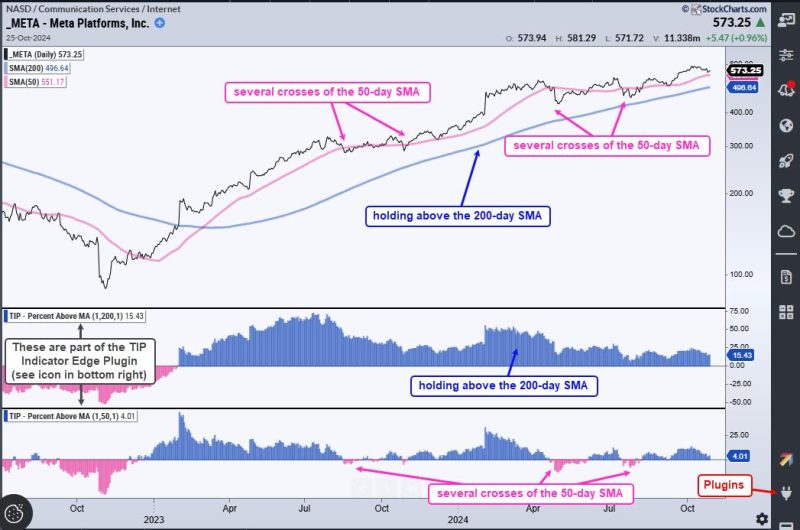
Unlock Your Competitive Edge with These Two Key Indicators
**Using Indicators to Enhance Trading Edge**
**Understanding the Two Key Indicators for Improving Your Edge**
Trading in the financial markets is a challenging endeavor that requires a combination of skill, knowledge, and intuition. Successful traders are constantly looking for ways to improve their edge and increase their chances of making profitable trades. One way to achieve this is by utilizing technical indicators to help predict market movements and identify potential trading opportunities. In this article, we will explore two key indicators that can be used to enhance your trading edge.
**Indicator 1: Moving Averages**
Moving averages are one of the most popular and widely used indicators in technical analysis. They are used to smooth out price data and identify the direction of the trend. There are different types of moving averages, including simple moving averages (SMA) and exponential moving averages (EMA). Traders can use moving averages to generate buy and sell signals, as well as to confirm the strength of a trend.
When using moving averages to improve your trading edge, it is important to consider the timeframe that best suits your trading style. Short-term traders may prefer to use shorter moving averages, such as the 10-day or 20-day moving average, while long-term traders may opt for longer moving averages, such as the 50-day or 200-day moving average. By incorporating moving averages into your trading strategy, you can identify potential entry and exit points with greater accuracy and confidence.
**Indicator 2: Relative Strength Index (RSI)**
The Relative Strength Index (RSI) is another popular indicator that is used to measure the speed and change of price movements. The RSI oscillates between 0 and 100 and is typically used to identify overbought and oversold conditions in the market. A reading above 70 is considered overbought, indicating a potential reversal to the downside, while a reading below 30 is considered oversold, suggesting a possible rebound to the upside.
By incorporating the RSI into your trading analysis, you can better time your entries and exits based on market conditions. For example, if the RSI reaches above 70 and begins to show signs of divergence with price action, it may be a signal to consider selling or shorting the asset. Conversely, if the RSI drops below 30 and starts to show bullish divergence, it could be a sign to buy or enter a long position.
**Conclusion**
In conclusion, utilizing technical indicators such as moving averages and the Relative Strength Index can help improve your trading edge by providing valuable insights into market trends and potential trading opportunities. By incorporating these indicators into your trading strategy and understanding how to interpret their signals, you can make more informed trading decisions and increase your chances of success in the financial markets. Remember to experiment with different indicators and timeframes to find the combination that works best for your trading style and risk tolerance.
